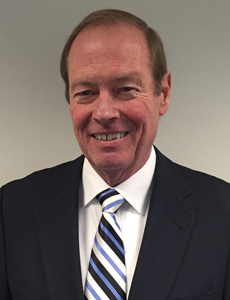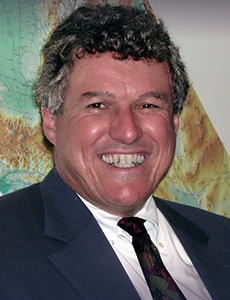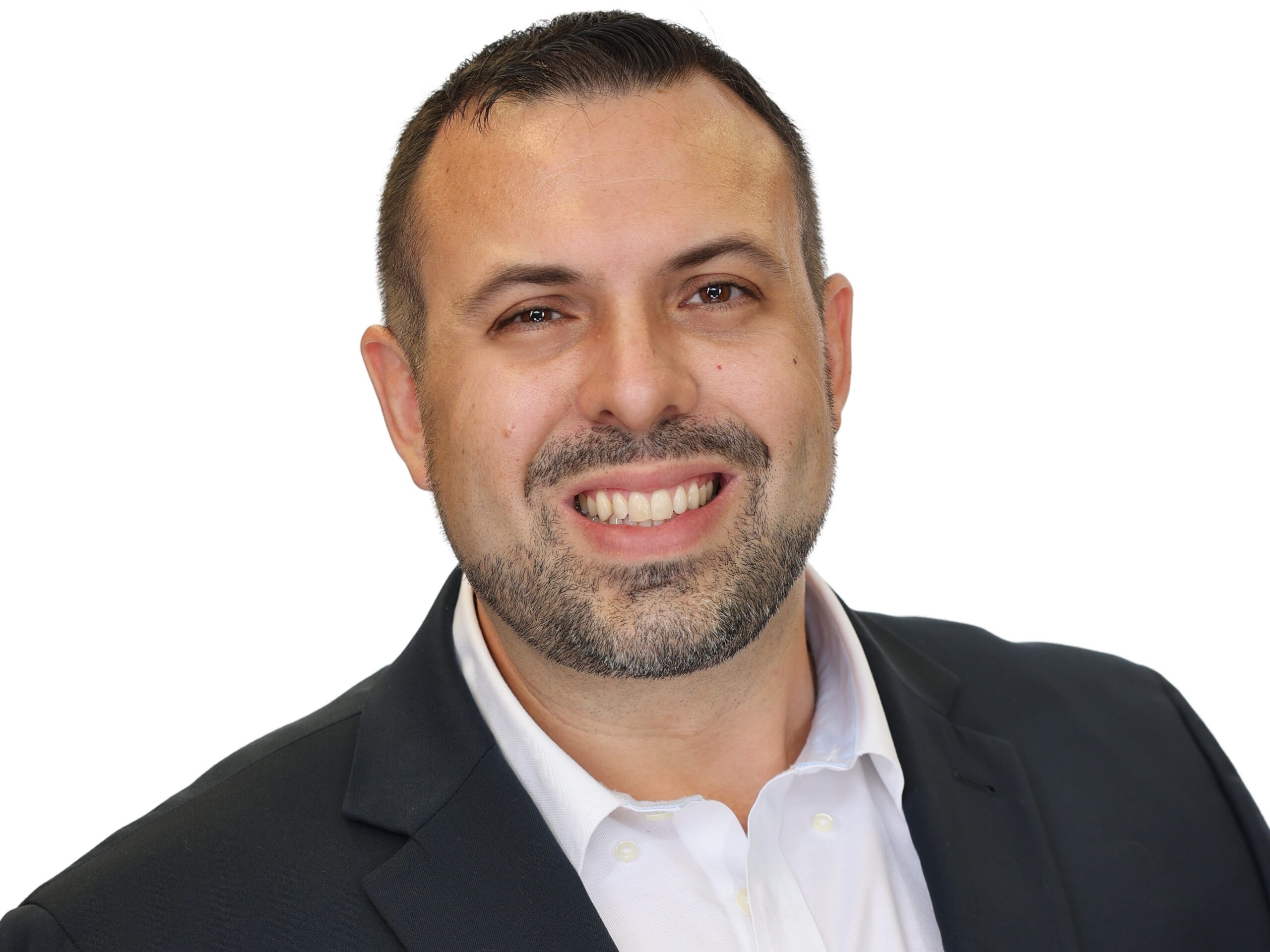Education
Schools Face Increasing Violence

Eight of 10 teachers nationwide report being victimized by students at least once in a school year.
The U.S. Department of Education said it’s a national crisis with both obvious and hidden costs for teachers and districts. In a July 2015 report addressing teacher victimization by students, (i.e., harassment, theft, property damage and physical attacks) the department cited more than $2 billion lost annually and lost work days approaching one million.
Bill Mayo, executive director, New Jersey Schools Insurance Group, is not surprised.
“We have incurred costs of more than $50 million in wage replacement and direct medical care over the last 10 years for workers’ compensation costs in categories of assaults on teachers,” he said. “And that doesn’t include soft costs like replacement teacher training over time.”

Bill Mayo, executive director, New Jersey Schools Insurance Group
Mayo’s group operates a joint insurance fund on behalf of 400 school districts and the teachers’ collective bargaining units.
“We see injuries occurring from teachers breaking up an altercation between students, which is the second most frequent type of an injury,” he said. The most frequent stems from acting out by students with special education needs.
“The smallest category, probably representing about 5 percent or less, involves a direct attack on a teacher outside of a special ed environment.”
That’s not a large percentage and certainly is in accord with the Department of Education’s statistics, but extrapolate that 5 percent of student assaults to the 3.1 million teachers working in the U.S., and it equals more than 150,000 teachers reporting some form of physical assault this year.
And those would be only the ones actually reporting an incident.
Legislative Action
Someone surprised by the numbers is Mark French, president of the Minnesota Elementary School Principals’ Association and co-chair of the Student Behavior Workgroup created by the Minnesota legislature last year.
The group’s creation followed media reports of increased violence against teachers.
“While it does surprise me,” said French, “I can see why it might happen because schools are having to work with students who are coming [to school] with more home, family, community and society health issues.”
At Minnesota’s largest school district, Anoka-Hennepin, physical contact involving teachers and students tripled between 2010 and 2015, while the rate of student-related workers’ compensation claims at Minneapolis schools climbed from four incidents for every 1,000 students in 2010-2011 to seven in 2015-2016.
As a result, French and other school principals in Minnesota are interested in not only suspending or expelling aggressive students but in “what we can do up-front through programming like social and emotional learning, restorative justice and practices.”
French also acknowledged the enormous public liability interests at the center of the issue, which are now under consideration by Minnesota legislative committees, but are complicated by privacy concerns.
“Do school teachers and employees have the right to know about the history of an aggressive student who in enrolling into their school? There’s been keen interest in that,” French said.

Martin Brady
Executive Director
Schools Insurance Authority
Martin Brady is less convinced by the Department of Education’s numbers. The executive director of Schools Insurance Authority in Sacramento, Calif., said that in 2014-2015, it received 50 workers’ compensation claims related to student assaults on teachers.
A year later that rose to 75 claims; a 50 percent increase, yes, said Brady, but still a relatively small number with no real change in the severity of incidents.
“Fifty percent of these claims are due to special ed [students] and are typically bites and scratches. The other half is breaking up fights,” he said.
California’s experience appears to be borne out at school insurance pools across the country. Pools from California, Ohio, Idaho and New York cite so few claims that they consider student assaults on teachers a non-issue among their members, according to the Association of Governmental Risk Pools (AGRiP).
Another pool in the Midwest said there has been a modest increase in these sorts of claims, though the trend is far less troubling than other pools might feel.
One pool in the South has seen an increase of about 10 percent in the number of such claims in the last three years, but a decrease in severity — the total cost of claims even amid an increase in frequency has remained flat, AGRiP said. And the average cost of these injuries is less than the pool’s remaining book of claims, it reported.
Still, Brady sees wisdom in reducing the risk of student assaults on teachers and lowering workers’ compensation and public liability claims. One example is external programming like California’s Community Matters, an innovative program designed to improve the social-emotional climate at Sacramento’s schools.
Its efforts mirror programs in New Jersey schools that analyze student behavior among “brittle” children, whose medical conditions and home environments put them at a higher risk of acting out or committing violence than other children.
What will not work, Brady stated categorically, are the more militant steps being promoted, often by people and politicians with little direct experience or understanding of the school environment.
“What I’m strongly convinced of after 30 years in this business is that guns and gates and alarms and cameras and metal detectors don’t work. We have to look at the psychosocial component and at cultural changes.”










